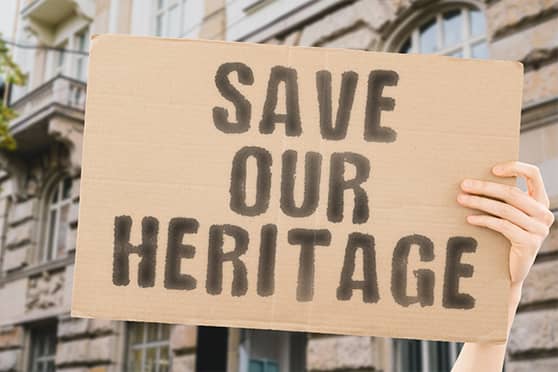UNESCO and Anant National University host workshop on trafficking of cultural heritage


A two-day workshop jointly organised by UNESCO and Anant National University on tackling trafficking of cultural property began at UNESCO House in New Delhi on December 15.
Titled ‘Returning the Loot – How to Tackle the Illicit Trafficking of Cultural Property in South Asia’, the workshop is aimed at highlighting the enormity of trafficking of cultural property worldwide as an organised crime.
“There is a growing recognition of the inalienability of cultural property from its place of origin and all the stakeholders must work together to fight illicit trafficking. One of the tools at our disposal is the 1970 UNESCO Convention, but international partnerships and regional cooperation must be significantly bolstered”, said Eric Falt, director of UNESCO New Delhi.
Trafficking of cultural property is said to be the third most common international crime involving illegal movement of goods from one country to another, only after drug and arms trafficking.
Although the amount of global sales of art and antiques was recorded at US$ 50.1 billion in 2020, experts estimate that the illicit trafficking of cultural property may be up to US$10 billion every year.
According to the figures represented by the INTERPOL, 854,742 cultural objects were seized globally by law enforcement agencies in 2020. Among the countries willing to cooperate for trafficking of cultural property, Falt singled out and praised Australia, which has returned a number of objects in recent years and has promised to return 14 more objects in 2022 to the country of their origin.
Speaking from Canberra, the curator, provenance at the National Gallery of Australia, Bronwyn Campbell, threw light on her country’s commitment and willingness to tackle illicit trafficking of cultural property. The session was also addressed by Lily Pandeya, the joint secretary, Ministry of Culture.
The workshop is being led by Amareswar Galla, UNESCO chair on Inclusive Museums and Sustainable Heritage Development, Anant National University, on the concluding day of the workshop. It will focus on capacity-building and engagement with prominent decision-makers and key stakeholders to unpack the challenges ahead and new opportunities for South Asia.